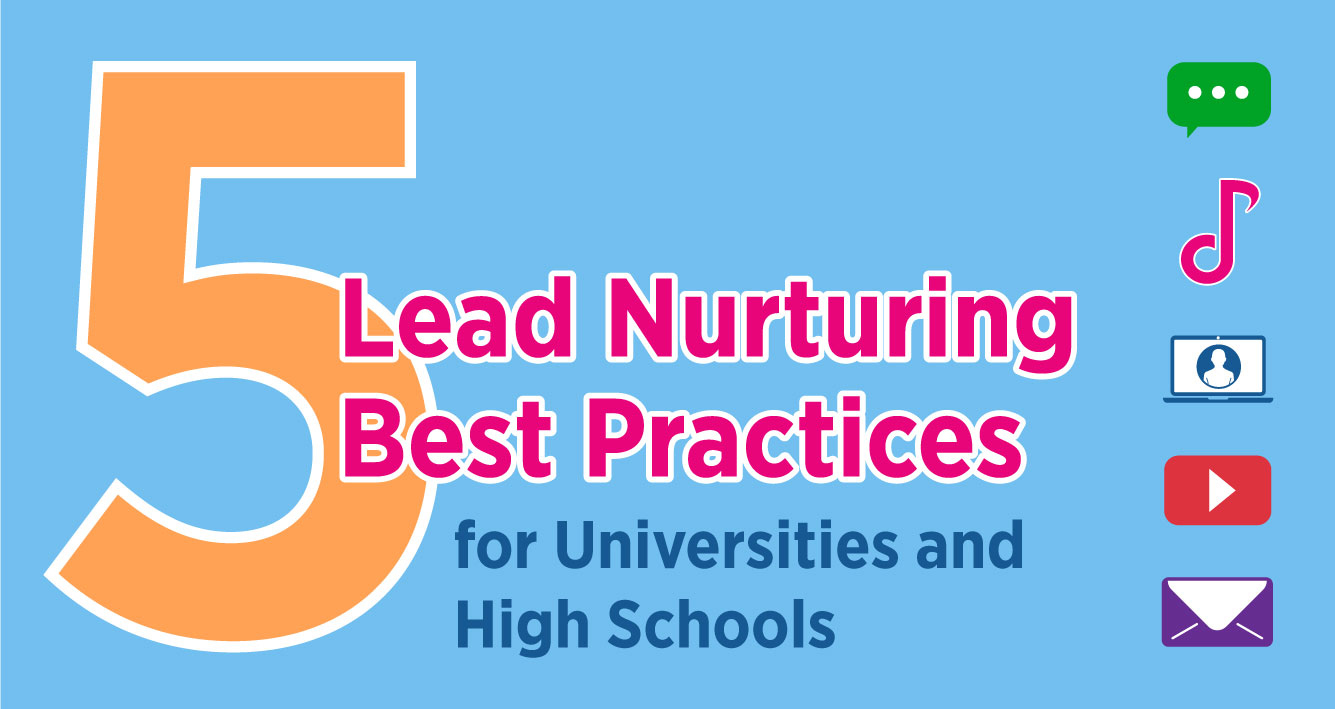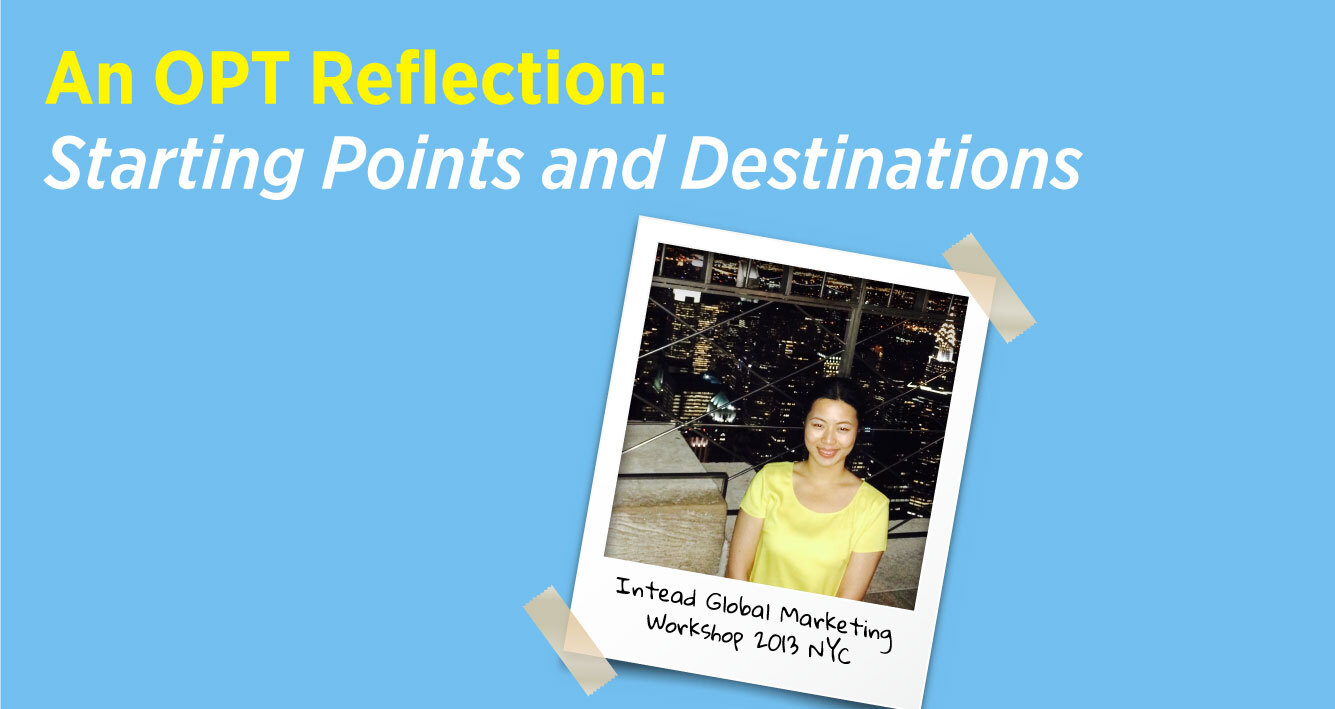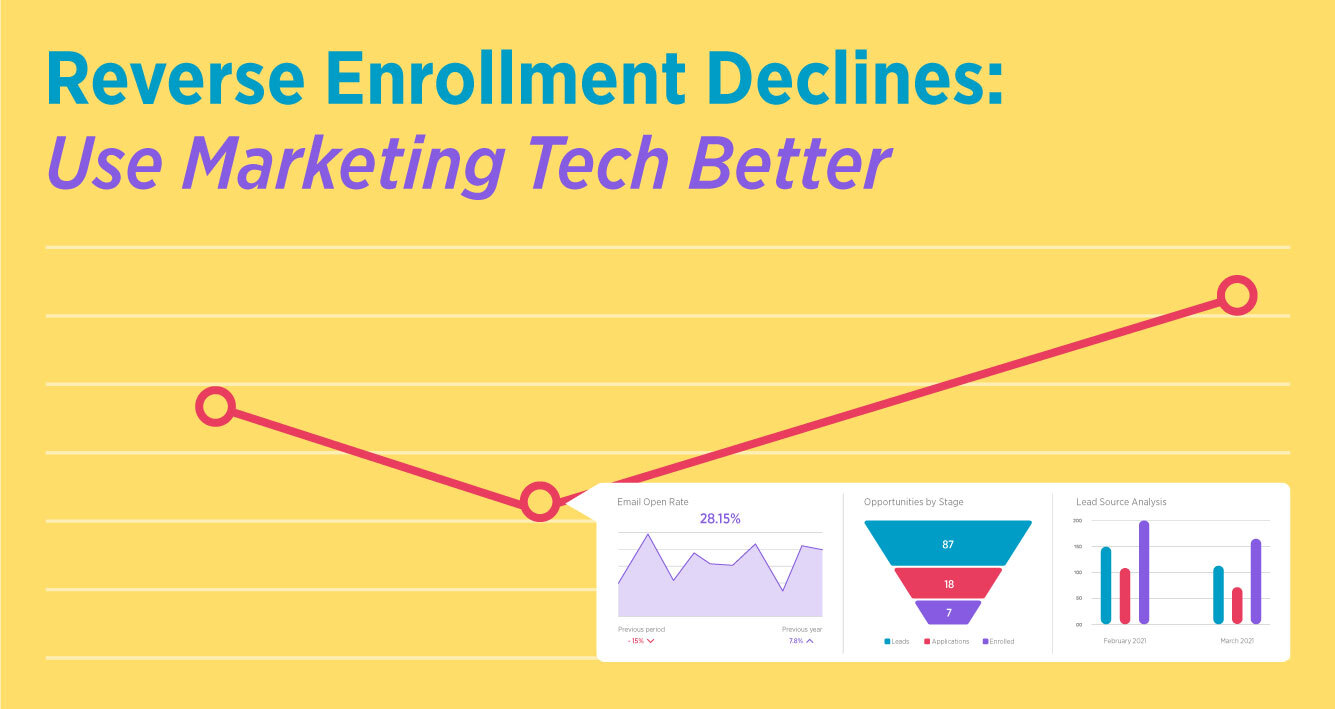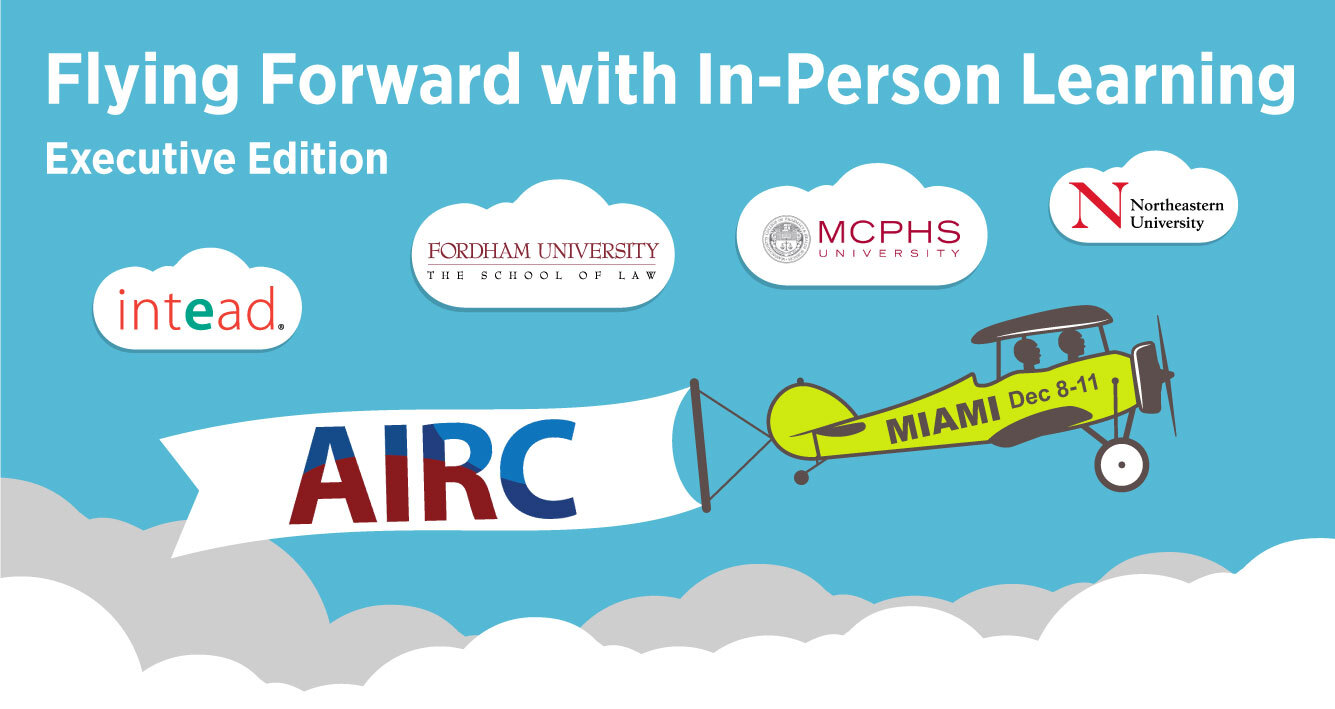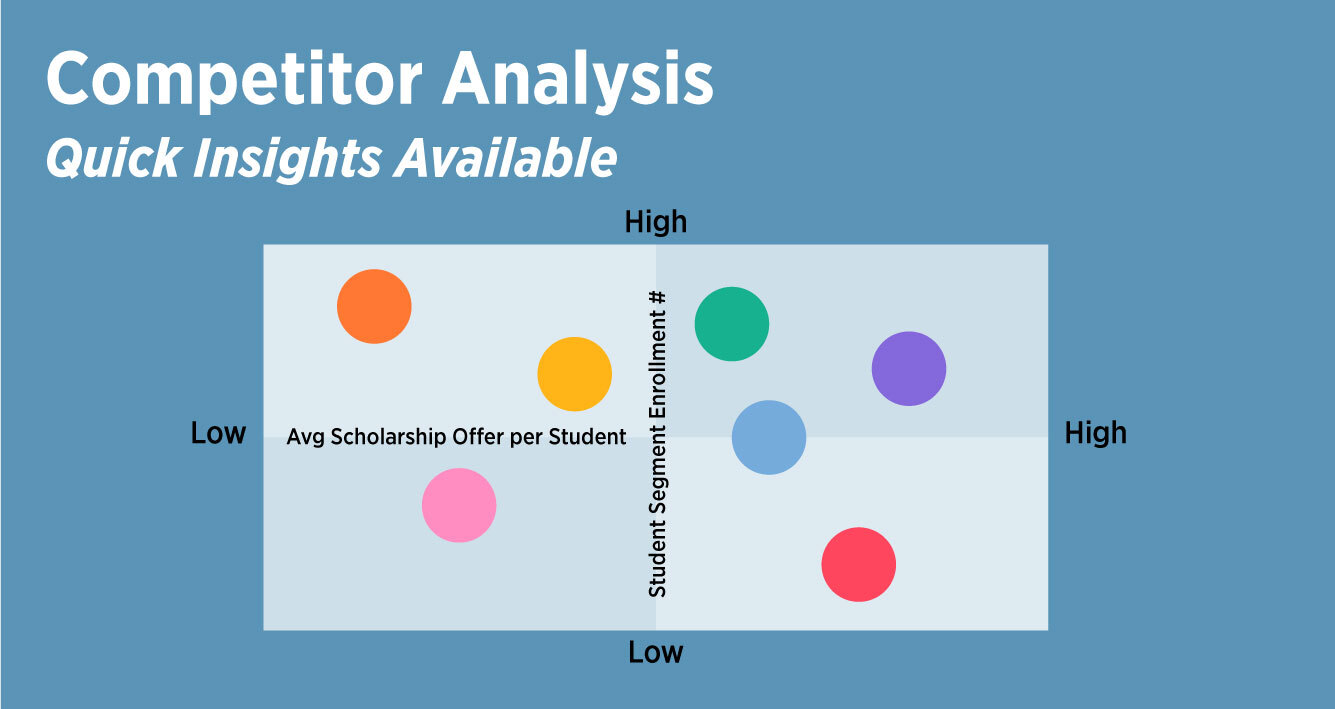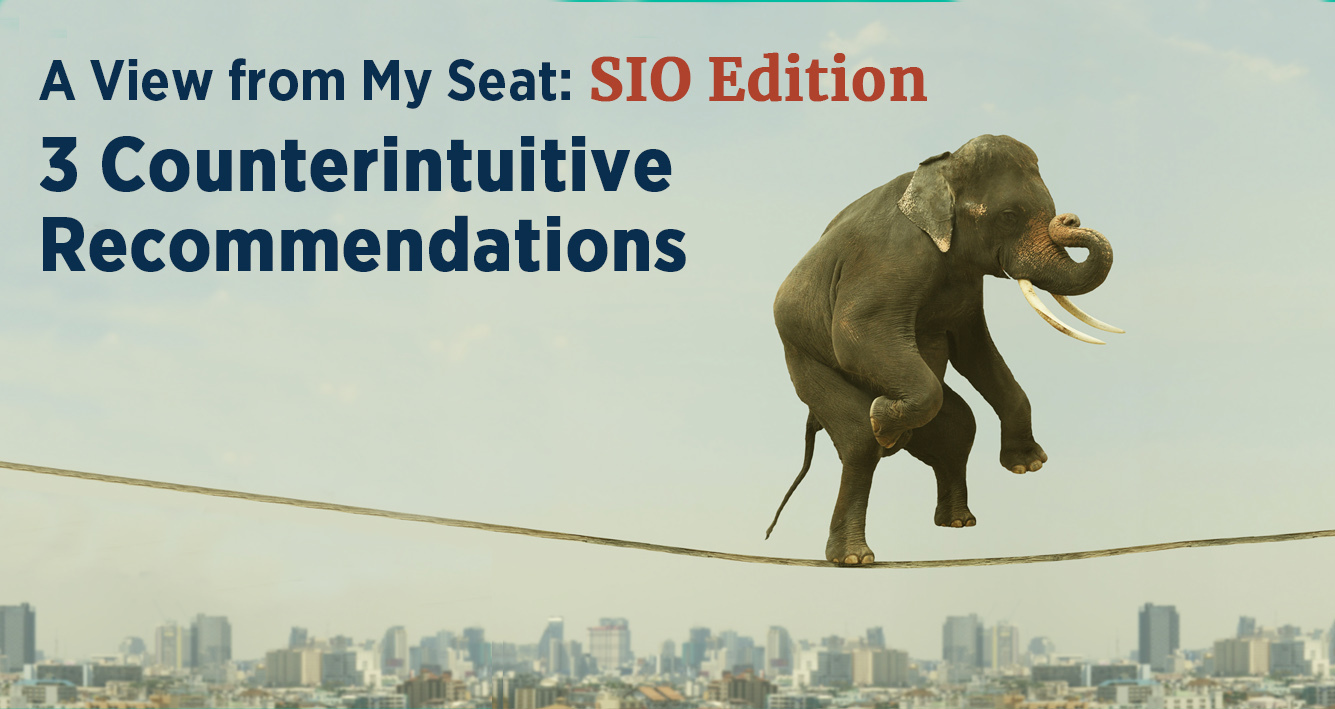There’s so much richness behind data analysis. However, it’s not very often that institutions fully explore the data already available at their fingertips.
Today’s post comes from Patricia Tozzi, our Chief Strategy Officer. Taking a quick break from her directing Intead’s client campaigns, we asked her to give us perspective on how she approaches the inquiry into all the data that surrounds us. How she deploys her innate curiosity to develop campaigns that succeed for our clients.
We hear the desire to improve marketing efforts, innovate, and influence decisions that will result in real enrollments. Yet, it’s hard to get new ideas to take off due to limited resources and institutions’ slow-moving pace. This we all know from our years of experience working with academic institutions.
Our take is there are valuable, free resources you may be underutilizing (or not using at all) that can help you gain insights and, hopefully, lower some barriers to innovation.
Thomas F. O'Toole, associate dean for executive education and clinical professor of marketing at the Kellogg School of Management of Northwestern University, expresses our experience so well, “I hear people say ‘We need data scientists.’ Well, yes, very selectively—but what you need more broadly are people in different types of functions who are able to translate business needs and problems into data analytics, manage the data required, perform the analytics, and then apply the analytic output in the execution of marketing initiatives and activities.”
Patricia is such a translator.
What we often see are academic leaders who smile, nod, and make a joke about their math skills not being what they should be. Is this you?
No shame in recognizing your skills and skills gaps. But what are you doing about it? Because leaving all that data untapped is not an option.
Read on to learn how to tap into what your existing data is trying to tell you. We think this two-part series is one you’ll want to share more broadly within your institution.
And, if you’ll be attending the 2022 AIEA conference in New Orleans (Feb 20-23), be in touch and we’ll find time for a coffee and an exchange of ideas.
Read More

